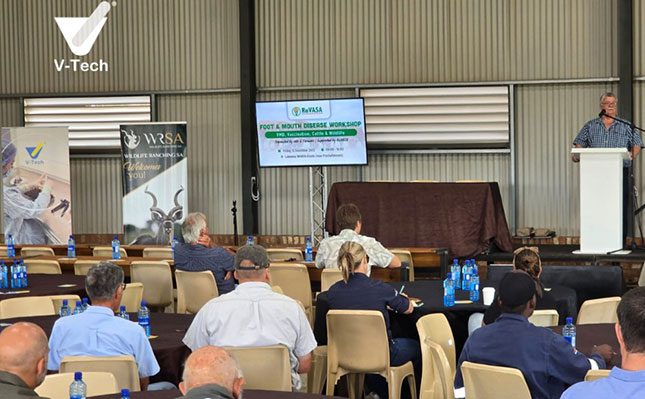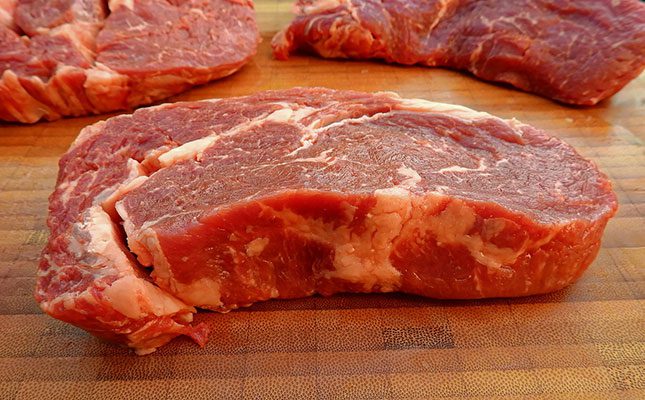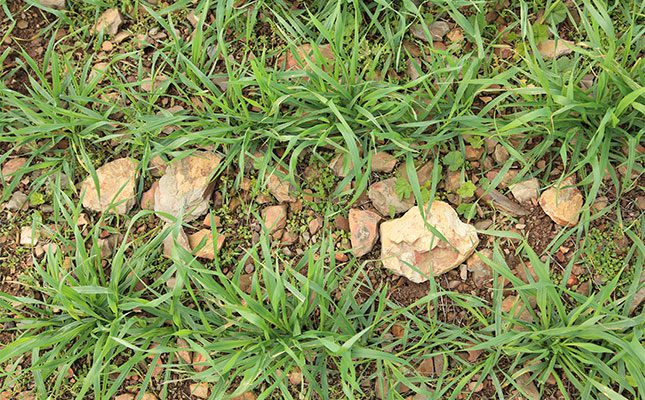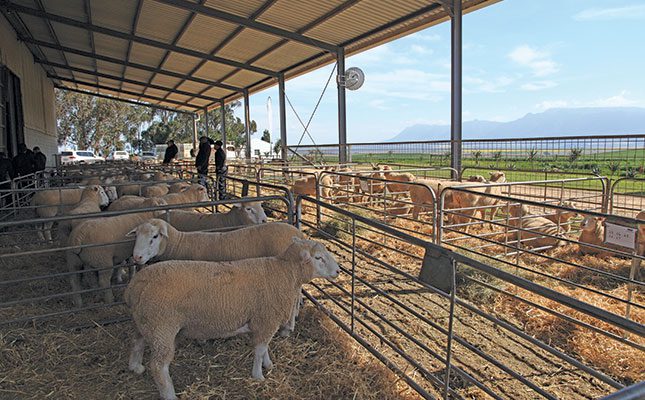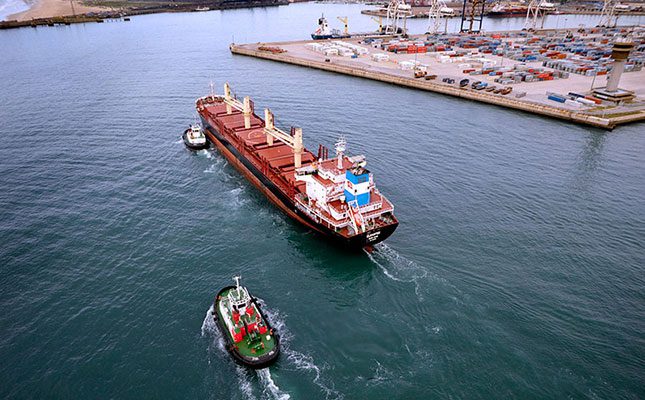
Photo: Transnet
In the week ended 12 July, container terminals handled a record average of 14 470 twenty-foot equivalent units (TEUs), topping gradual improvements seen in past weeks, which the South African Association of Freight Forwarders (SAAFF) has attributed to “operational improvements, improved equipment utilisation, and deepened collaboration across stakeholders”.
The surge was unexpected, with the SAAFF predicting a throughput of only 12 609 TEUs.
“These achievements reflect hard-won progress and signal that the system is responding to long-standing calls for reform,” the SAAFF said in its weekly Cargo Movement Update report dated 13 July 2025, prepared in conjunction with Business Unity South Africa.
“However, the current upswing brings us closer to the limits of existing port capacity. Without accelerated investment and structural upgrades, further growth may be constrained. It is therefore vital that these operational gains be matched with expanded terminal capacity, modernised infrastructure and, critically, a stable policy environment.”
Container flow increases were most apparent at the Port Elizabeth Container Terminal, where the weekly flow of containers increased by 121% to a total of 4 059, following a 90% increase to 3 496 the previous week.
Meanwhile, the Cape Town Container Terminal saw an increase of 52% in container throughput, handling 19 931 containers, according to the report.
According to Boitshoko Ntshabele, CEO of the Citrus Growers’ Association of Southern Africa (CGA), the surge in container volumes handled could be ascribed to citrus exports, at least in part.
“There has been an increase in citrus moving to the ports, as is usual for July/August. Oranges – especially as Valencia season has kicked off – and late mandarins mostly drive the increase at this stage of the season,” he explained.
Ntshabele said that although the CGA appreciated Transnet’s efforts to improve port efficiency, “the fact that there haven’t been any significant delays isn’t necessarily a sign of a turnaround” at the country’s ports.
“What all exporters need is certainty, and the situation at our ports are still unpredictable. One big problem can still cause a chain reaction that spreads far and wide, affecting many industries.
“The fact that South Africa can produce 90 million more 15kg cartons of export citrus by 2032 should also be kept in mind, as the ports aren’t currently able to handle that volume,” he added.
He believed the only way to achieve true certainty was by pursuing large-scale private-sector participation projects.
“The progress on private rail the past few months has been promising. But on the port side, for instance, the biggest project that could have improved things, the Durban Pier 2 concession, is still awaiting a court judgment,” he said.
According to the SAAFF, freight handling patterns also reflected the impending implementation of US President Donald Trump’s 30% tariffs on various countries. Inbound air freight increased by 12% to 607 000kg in the week ended 12 July compared with the previous week.
“The continued surge in imports appears to be in response to the US tariff threat scheduled for August. The current levels indicate that cargo is trending approximately 5% higher year-on-year [in 2025] and about 7% year-on-year [y/y] above the comparative levels of pre-pandemic 2019.
“In addition, US inbound container volume dropped by 7,9% y/y in June, its second consecutive monthly decline, and signals a potentially historic trade contraction reminiscent of those seen during the global financial crisis and the pandemic,” the SAAFF said.

